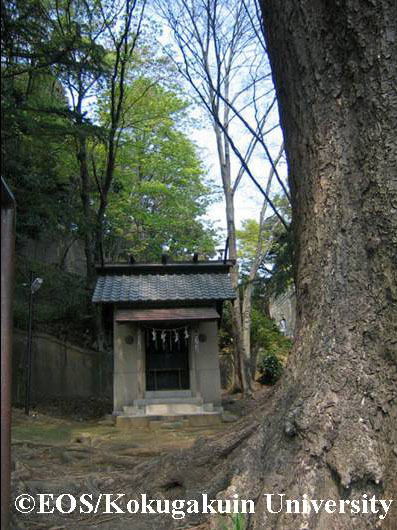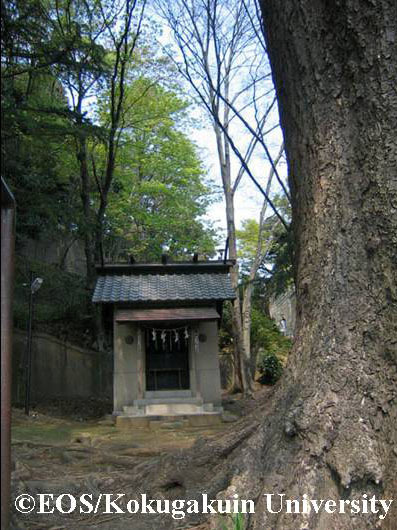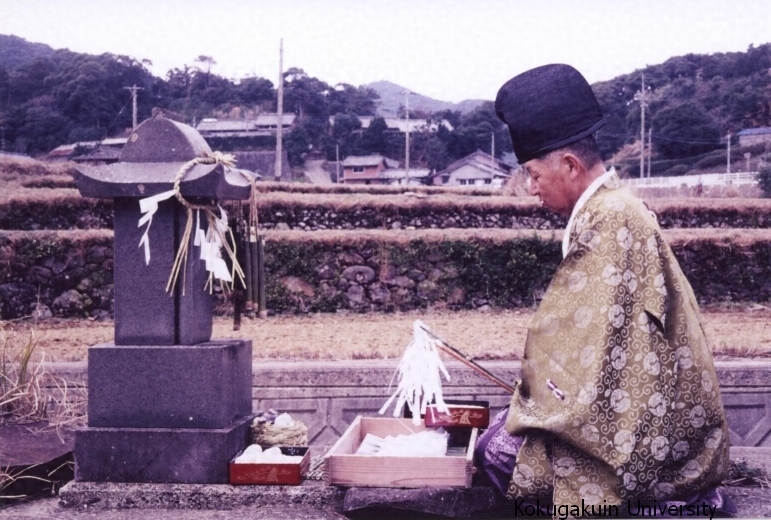- トップ
- Encyclopedia of Shinto
- Suijin
Encyclopedia of Shinto
| Main Menu: | |
| Links: |
詳細表示 (Complete Article)
| カテゴリー1: | 2. Kami (Deities) |
|---|---|
| カテゴリー2: | Kami in Folk Religion |
| Title | Suijin |
| Text | "Water-kami," a general term for tutelaries of water, found in a variety of forms. Water is of crucial importance in agriculture, and the availability and quality of water can spell life or death to farmers; as a result, tutelaries of water naturally came to be associated with rice-field tutelaries (ta no kami). Most suijin are found enshrined on the dikes of irrigation canals, or alongside paddy fields. In some cases, water kami may be found enshrined as "water distributing kami" (mikumari no kami) at the mountain springs forming the sources of agricultural waterways, in which cases they may also be associated with the kami of the mountain (yama no kami). In addition to their connection with the water used in agriculture, water kami are also found enshrined at sources of water used in everyday life, such as household wells, springs, and streams. Real and fantastic beings symbolizing the water kami include kappa, snakes, and dragons; while most of these beings are considered dangerous and may cause disorder to human life, they are also thought to bring wealth and blessings to this world. Festivals dedicated to kami of water are concentrated in the months of June and December, but emphasis is particularly placed on observances in summer. The core of the summer festival to the kami of water is based on the Tenn? ("heaven-king") cult found at the Gionsha (Yasaka Jinja) in Kyoto and the shrine Tsushima Jinja. The observances have the significance of exorcism and purification, aimed particularly at dangerous epidemic diseases and water-related disasters which commonly occurred during the summer months. Offerings to the kami of water may include cucumbers and other field crops, for which reason these foods are often considered taboo during the duration of the festival. -Iwai Hiroshi |







